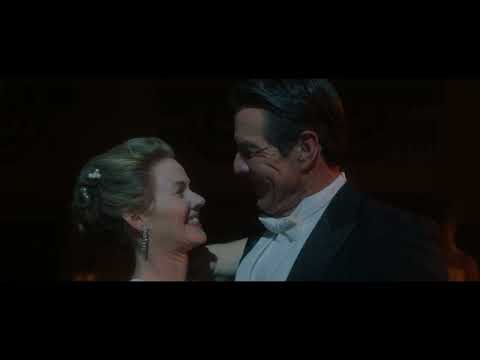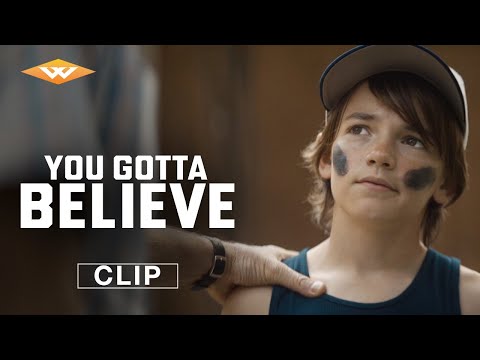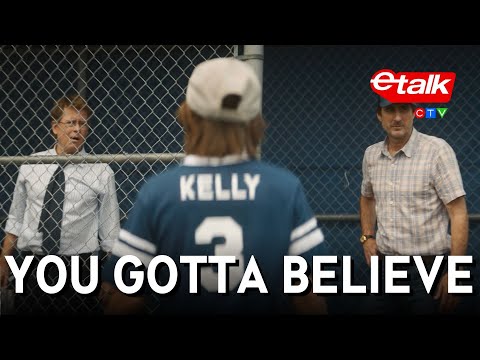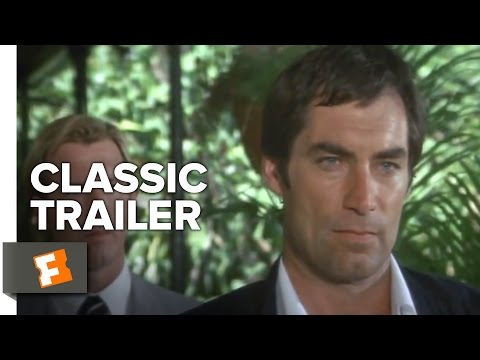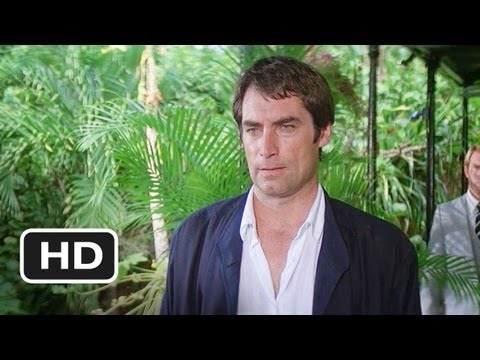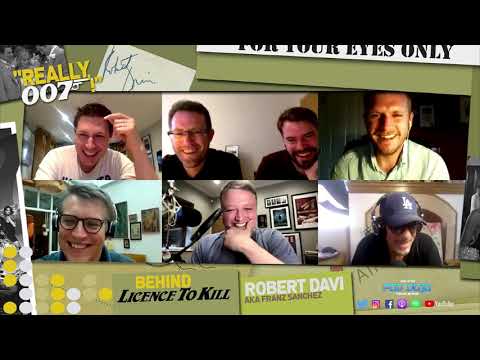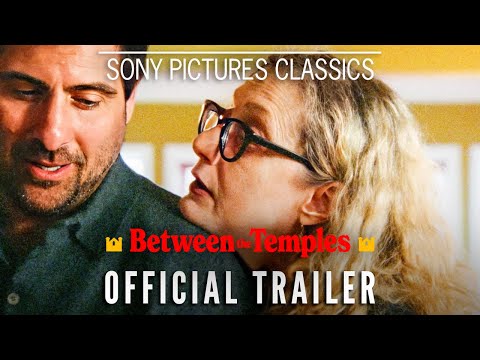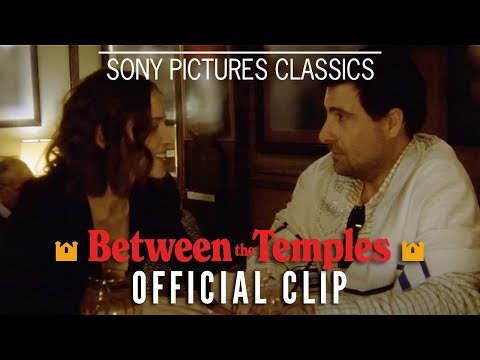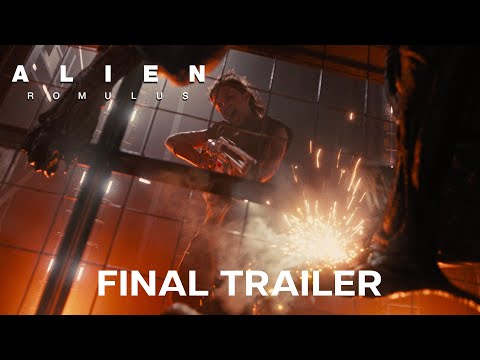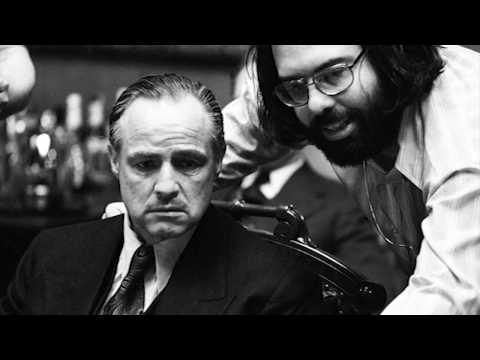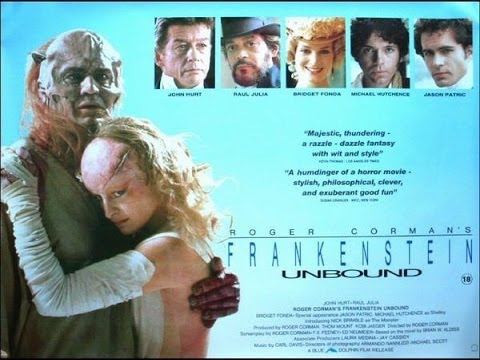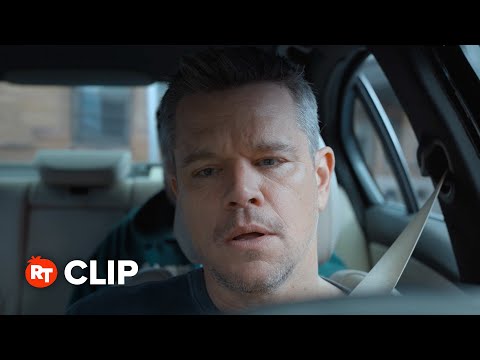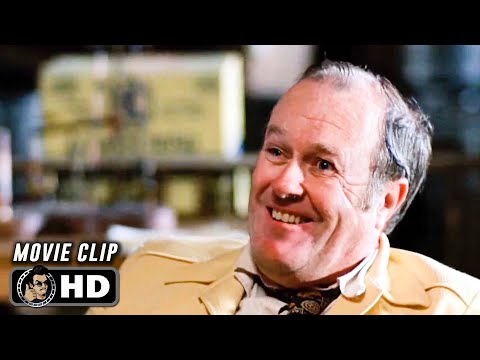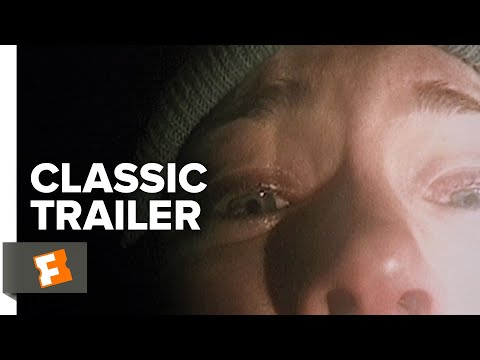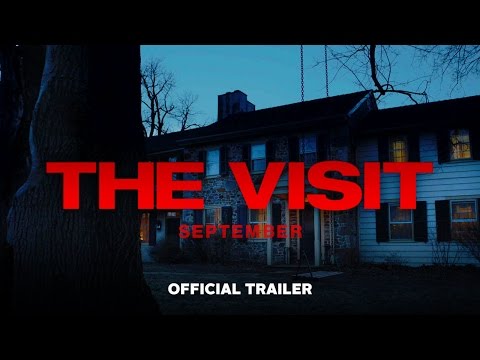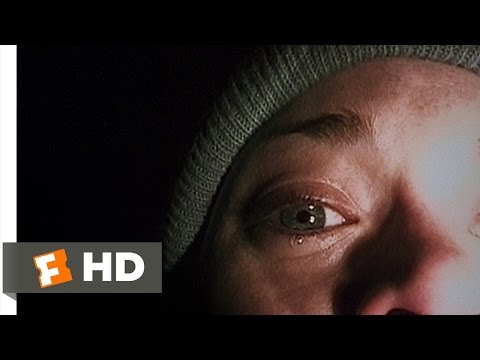W.D. Richter’s “The Adventures of Buckaroo Banzai: Across the 8th Dimension” (1984) is among the definitive cult movies, a secret handshake of science fiction, comedy, horror, metaphysics, comic book heroes and Twinkie consumption.
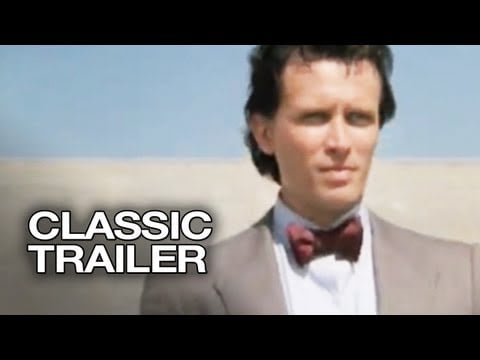
Peter Weller is Dr. Buckaroo Banzai, who we first meet when he’s testing his “Oscillation Overthruster,” an invention that allows his Jet Car to drive through solid matter, such as a large mountain.
It’s one hell of an opening scene.
We later observe how Dr. Banzai is also a practicing MD, a video game and comic book character and a rock star – this is demonstrated by a concert he holds with his bandmates and adventuring sidekicks, The Hong Kong Cavaliers. They play a rockin’ set before the performance is halted when Dr. Banzai notes that someone in the audience, the downtrodden Penny Priddy (Ellen Barkin), is not having a good time.
Dr. Banzai consoles her from the stage and reminds her, and us, that “No Matter Where You Go, There You Are.”
There’s also time devoted to the introduction of Dr. Emilio Lizardo, an Italian supervillain played by John Lithgow. Lizardo becomes possessed by an alien, Lord John Whorfin and aims to lead his extraterrestrial villains on a plot for world domination.
Oh, and there’s the sight of Jeff Goldblum as New Jersey, one of Dr. Banzai’s sidemen, who often dons full-on cowboy attire. The movie is barely 30 minutes in, and it’s a lot.

Richter made a real anomaly in 1984, a truly strange movie at the Hollywood studio level, carefree in its weirdness but earnest in its love for sci-fi and sustaining a hip attitude for the entire running time. I didn’t see it during its brief initial opening in theaters and only caught up with it on HBO.
It’s an easy movie to get addicted to, because, at the time, there was nothing else remotely like it. Today, one can see the fingerprints of “Buckaroo Banzai” are all over “Guardians of the Galaxy” (2014), “John Dies at the End” (2012) and the new “Borderlands,” to name just a few.
Pacing is sometimes a problem, as there are some dead spots, especially in the third act. Yet, the best scenes are exciting, inventive in their staging and crammed with ideas. What “Buckaroo Banzai” has over most ensemble sci-fi comedy hybrids is that it never stops stacking concepts and always maintains a droll sense of humor.
There’s a brazen cockiness to the whole thing, like the kid who knows he’s going to win the school science fair and does, easily.
Weller has an otherworldly cool that is hard to describe. He’s like that hip, handsome science teacher who makes you willingly memorize the periodic tables.
Weller has been amazing before (“Naked Lunch,” “Robocop” and “The New Age” come to mind) but what he pulls off here is kind of remarkable. Dr. Banzai is too cool for the room but still somehow personable and endearingly dorky.
Weller gives such conviction, even as he must inject urgency into lines like, “Evil! Pure and simple, from the eighth dimension!”
Lithgow’s fearless, bombastic villainy is so truly alien he seems a great contrast to Weller’s performance because the two bring such wildly contrasting acting approaches: Weller dials it down and plays everything earnestly, whereas Lithgow barely contains himself from literally chewing the scenery.
I have to mention that Clancy Brown is also in this, as is Vincent Schiavelli and Christopher Lloyd (the Oscillian Overthruster looks an awful lot like the Flux Capacitor from “Back to the Future,” which Lloyd made after this and “Star Trek III: The Search for Spock”).
The screenplay by Earl Mac Rauch somehow crams in a subplot involving Orson Welles’ famous radio broadcast of “The War of the Worlds” and wars between Lectroids from Planet 10; I assume the latter touch is a reference to Edward D. Wood Jr.’s “Plan 9 From Outer Space” (1957), just as I’ve always assumed Rauch himself is probably an alien.
Richter, whose only other director credit is the sweet, little seen “Late For Dinner” (1991), concludes this with a famous strut-walk to Michael Boddicker’s wild theme music (how’s this for a first- it’s an 80’s New Wave synth cowboy hero march!) that was beautifully mimicked in the ending of Wes Anderson’s “The Life Aquatic with Steve Zissou” (2004).
Even the special effects, which often show their age, are so cool for what they achieve and their ambition (the model work, blue screen and optical effects are excellent for a film that lacked a “Temple of Doom” budget).
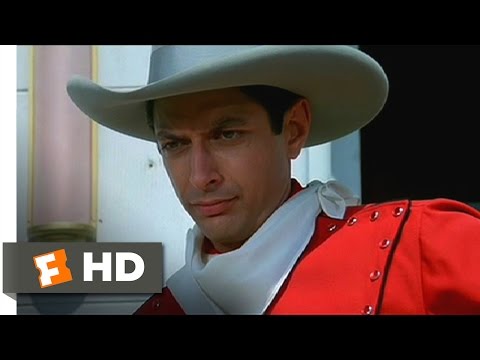
Despite being the first and only installment in a proposed and unrealized series, this has the confidence of a franchise that is well liked and already adored by its fans. You could say the film is a little full of itself, but that’s also something of a put on. Everyone involved is committing to something so absurd, though what emerges is a genre hybrid that was ahead of its time.
It’s been a pleasure seeing the cult following of “Buckaroo Banzai” grow over the decades. In college, it was a videocassette I played for any of my adventurous theater major buddies. The year I got married, it was the first DVD I ever bought.
The last time I wrote about “Buckaroo Banzai,” it was for the film’s 30th anniversary. I made the mistake of citing the wrong Lectroid, which was something my friend Bud (professional name DJ Blast), who is a BB Super Fan, noted very quickly – I made the change while the article began circulation.
The same friend later gave me his Buckaroo Banzai and the Hong Kong Cavaliers T-shirt and would always find ways to include “No Matter Where You Go, There You Are” into most of our conversations.
Bud is a hard-core fan and he’s not alone. This movie, with its too-hip-for-the-room attitude, adoration for its multiple genres, dense mythology and ability to be corny and awesome at the same time, is one of the ultimate 20th century cult movies.
How do you know you’re watching a definitive cult movie? The easy answer is that the film tanked upon original release and needed years of rediscovery, with new and younger viewers finding it, and decades of an entirely new perspective to arise.
Most cult films can claim to having a few scattered enthusiasts upon original release, but most of these films now have newfound passionate followers. Which movies am I referring to? “Buckaroo Banzai,” meets “The Monster Squad” (1987), “Hocus Pocus” (1993), “Office Space” (1999) and “Big Trouble in Little China” (1986).
Initial box office and/or perceived artistic failure is the inauguration of a future cult movie, which is why “The Shawshank Redemption” (1994), a Best Picture Oscar nominee but massive box office flop, is as beloved and high profile a cult movie as “Showgirls” (1995) and “Road House” (1989).
Round one box office rejection and/or movie critic dismissal is what makes these movies desirable as newfound art.
They said this was terrible back in the day, but is it as bad as they say?
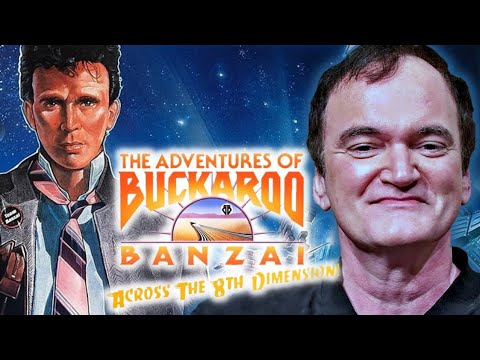
Say what you will today, but there’s a chance that the likes of “Battlefield: Earth” (2000), “Green Lantern” (2011), “Valerian and the City of a Thousand Planets” (2017) and even “Catwoman” (2004) could be a future cult classic. Why? Because they’re being declared outright failures by the moviegoing population at large makes them intriguing candidates for reassessment.
The one rule that seems to have stuck is that you can’t make the cult happen on purpose, it has to happen over time. When the one sheet for “Repo! The Genetic Opera” (2008) declared it “An Instant Cult Classic,” a feeling of desperation sets in.
Likewise, the infamous test screening 20th Century Fox once held for “Shock Treatment” (1981), their infamous failed sequel to “The Rocky Horror Picture Show” (made in 1975 and one of the defining 20th century cult movies).
Whereas “Rocky Horror” tanked during its initial release and became a blockbuster during midnight showings, the belated sequel also tanked upon opening. Then a series of midnight screenings popped up, with reported plants from the studio trying to drum up audience participation for “Shock Treatment.”
Whether these reported plants were real or the thing of legend, the movie bombed either way. Clearly, the phenomenon of “Rocky Horror” couldn’t be easily duplicated.
Like any great cult movie, there are breadcrumbs around the film that reveal hidden gifts for longtime fans. There’s the famous “lost scene,” a charming opener, featuring Jamie Lee Curtis as Dr. Banzai’s mother, presented as an old-fashioned home movie.
There’s the concept trailer for the unmade but intriguing looking TV show spinoff. In the early days of the internet, the vast number of fan-made websites dedicated to the film was staggering. I treasure all my “Buckaroo Banzai” memorabilia since 20th Century Fox didn’t quite know what they had in 1984.
We have yet to see the long-announced, never made sequel, let alone a follow up of any kind, to “Buckaroo Banzai.” There’s a witty comic book adaptation of Rauch’s “Buckaroo Banzai: Return of the Screw” (2006 from Moonstone Books) but, aside from the overt reference in Steve Spielberg’s “Ready Player One” (2018), Dr. Banzai and his rock and rolling Hong Kong Cavaliers have never returned to the big screen for a new adventure.
I actually prefer it this way. The once-in-a-lifetime pairing with this dream cast and the writer/director combo is why this works.
Accept no substitutes.
The post ‘Buckaroo Banzai’ at 40: Accept No Substitutes appeared first on Hollywood in Toto.
from Movies - Hollywood in Toto https://ift.tt/E14BHqI
